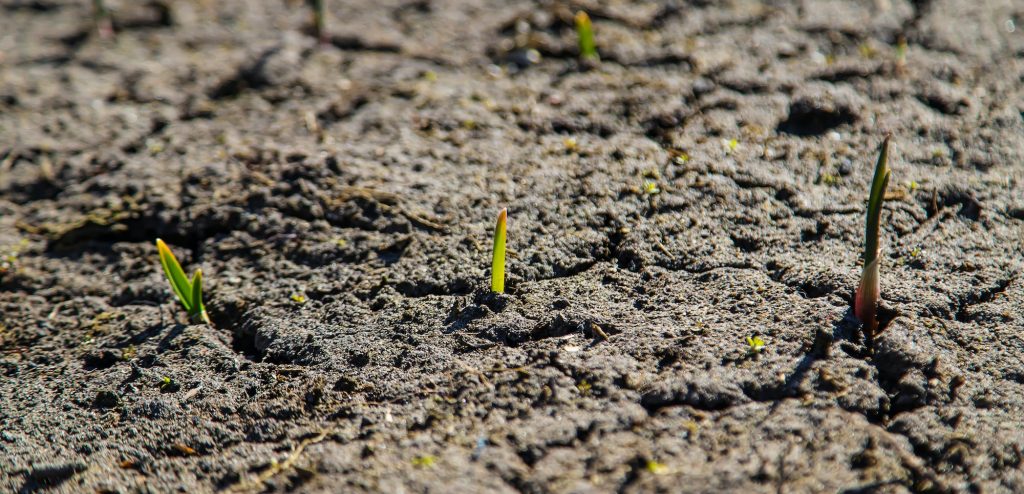A drought-resistant garden is a great way to conserve water and still enjoy a beautiful landscape. By choosing the right plants and using smart water management techniques, you can create a garden that thrives even during periods of low rainfall. In this article, we’ll cover the basics of creating a drought-resistant garden and offer tips for maximizing your water efficiency.

Understanding Drought-Resistant Plants
The first step to creating a drought-resistant garden is to choose the right plants. Drought-resistant plants are those that have adapted to survive in dry environments. These plants typically have deep root systems that allow them to access water deep below the surface. They also have features like waxy or hairy leaves that help them retain moisture.
Choosing the Right Plants for Your Climate
Before selecting plants for your garden, it’s important to consider your climate. Not all drought-resistant plants are created equal, and some may not be well-suited to your particular region. Do some research to find out which plants will thrive in your area.
Examples of Drought-Resistant Plants
Some examples of drought-resistant plants include:
- Succulents like cacti and agave
- Lavender
- Sage
- Yarrow
- California poppies
- Coneflowers
- Daylilies
- Russian sage
Water Management Techniques
In addition to selecting the right plants, there are several water management techniques you can use to maximize your water efficiency.
Mulching
Mulching is the process of adding a layer of organic material to the top of your soil. This layer helps to retain moisture and prevent evaporation. Use high-quality mulch like wood chips or straw to create a barrier between your plants and the hot sun.
Drip Irrigation
Drip irrigation is a low-pressure, low-volume watering system that delivers water directly to the roots of your plants. This system is much more efficient than traditional sprinkler systems, which can waste water by spraying it onto non-targeted areas.
Rainwater Harvesting
Rainwater harvesting is the process of collecting and storing rainwater for later use. You can install a rain barrel to collect water from your roof, or even create a more elaborate system to capture water from multiple sources.
Tips for Maintaining Your Drought-Resistant Garden
Once you’ve created your drought-resistant garden, there are a few tips you can follow to ensure that it stays healthy and thriving.
Water Your Plants Deeply
When you do water your plants, make sure to water them deeply. This encourages the growth of deep roots that can access water below the surface.
Monitor Your Soil Moisture
Regularly check the moisture level of your soil to make sure that it’s not getting too dry. Stick your finger into the soil about an inch deep to feel for moisture. If the soil feels dry, it’s time to water.
Prune Your Plants
Regular pruning helps to keep your plants healthy and encourages new growth. It also helps to remove any dead or damaged branches that can sap moisture from the rest of the plant.
Conclusion
Creating a drought-resistant garden is a great way to save water and still enjoy a beautiful outdoor space. By selecting the right plants and using smart water management techniques, you can create a garden that thrives even during periods of low rainfall. Follow the tips in this article to get started, and enjoy your beautiful and water-efficient garden!
